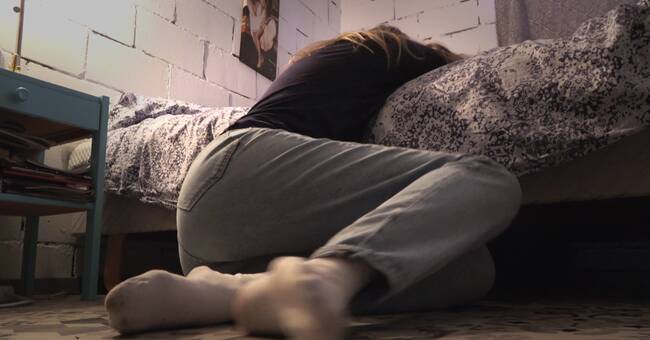The women's shelter Iris in Luleå is the largest in the county.
In the last five years, they have received approximately SEK 1 million in business support from Luleå Municipality, but despite this, the money is not enough to receive all women who are in need of sheltered housing.
Even if the women's shelters in and outside the county are helped, the places are not always enough.
This means that the municipalities, according to the county association for women's shelters, sometimes need to resort to uncertain, temporary emergency solutions.
- In 2019, we had to reject 26 women and last year 18 women, says Mildred Hedberg, chairman of the county association for women's shelters in Norrbotten.
Only room for six women at a time
Sheltered housing can be allocated to people who are exposed to domestic violence and need somewhere to go.
According to the procurement authority in Sweden, it is a form of temporary support housing that is staffed with staff specially trained to help victims of violence to get back on their feet and move on in life through conversations, activities and other methods.
It is common for women to receive sheltered housing in a place other than their home municipality because it is safer.
The women's shelter's sheltered housing in Luleå only has room for six women with children, but in some emergencies they have been forced to make room for more.
- We have on some urgent occasions let women sleep on a sofa in the sheltered accommodation, but we try to avoid such situations because it will not be good to let too many women in this situation be squeezed into too little space, says Mildred Hedberg.
It is difficult to send women to their own homes
One reason for sheltered housing becoming overcrowded is the housing shortage.
According to Eva Engman at the women's shelter in Luleå, this means that women who no longer need sheltered housing but are ready to move to their own housing, cannot do so.
- It is a big problem and that has been the case in recent years.
It is absolutely not good to stay too long in a sheltered accommodation where many feel bad, and at the same time take the place of someone else who needs it, she says.
In the video above, Mildred Hedberg tells what unsafe emergency solutions the municipalities are forced to take when sheltered housing is full.

